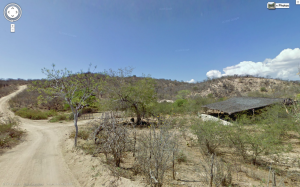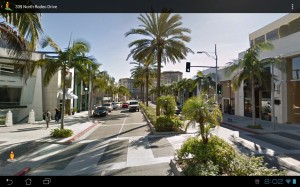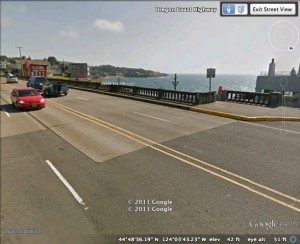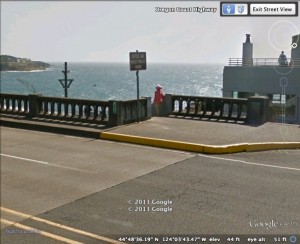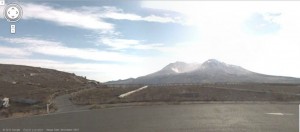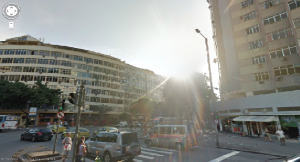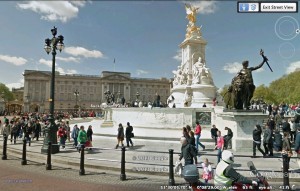@kylemcgee77
While reviewing a newscast from 1990 and then a newscast from 2008, there are definitely some changes I noticed in the way the news is presented. For example, in the 1990 newscast, whenever an anchor would talk about a subject, there wouldn’t be any distractions on the screen. All you see is the anchor talking or a video that relates to the subject. In the 2008 news, the anchor is surrounded by scrolling text, channel logos, and bold headlines.
Also, in the 1990 newscast, there is only one person talking a time on a subject. When they would switch over to someone else talking, it was a cut take. In the 2008 newscast, there could be multiple people on one screen talking to each other live. The news anchors would also have dialogue with one another instead of having separate segments. It makes the 1990 newscast seem a lot more scripted and has less improvisation. Also, while there is a video being shown in the 2008 news, a camera shot of an anchor could be played over the top.
Despite the differences in the ways the news is presented, there are many similarities in the format of both newscasts. This supports Bolter and Grusin’s claim that remediation is “the representation of one medium in another” (Remediation 78). The format of the 2008 newscast has many similarities to the 1990 newscast, but has added improvements that become the “new standard” in news casting. There is a more modern feel, but the news hasn’t changed completely.
#dtcv

